
10 minute read
37
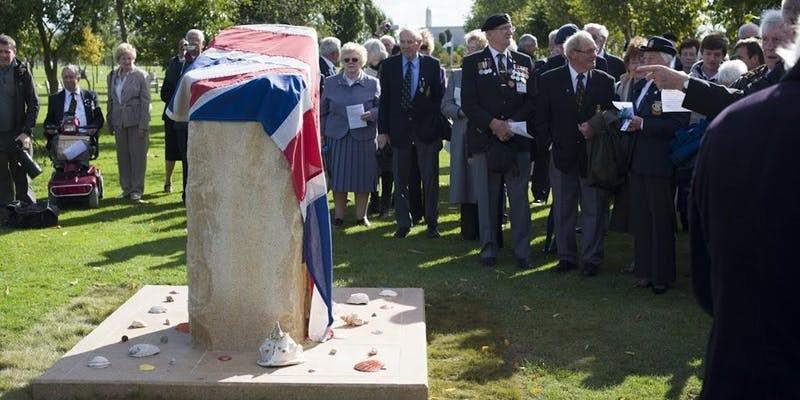

Advertisement
National Atomic Awareness Day
3rd October 2018 - 12:00-16:00 National Memorial Arboretum
National Atomic Veterans Awareness Day is where the community of British Nuclear Test survivors gather to remember those who have passed and to share their legacy with new generations.
This year significant enhancements to the National Memorial will be unveiled and the BNTVA Chaplain, the Very Reverend Nicholas Frayling will lead a dedication service. Afternoon tea will be served to guests in the Marquee.

Visit bhlink.at/navad2018 for online bookings The dedication event is free to attend but the Afternoon Tea and reception, which is also free, requires pre-registration. National Memorial Arboretum Croxall Road Alrewas DE13 7AR
Organised by
NCCF PO Box 8244 Castle Donington DE74 2BY
Telephone 0115 8883442 Email office@thenccf.org

The Frank Furlong Story
Recollections by John Hickman
I first met Frank in 1951 when we moved from Abergavenny to Longmoor, Engineers Railway Depot. We were camped over by the railway station in billets that were built – I think called Nissan huts – for the war. Rather draughty and cold with a big stove in the middle of the room. There were about 20 in the hut. Frank had the bed with the stove at the foot, so he was in charge as the stoker. Being a driver, I often used to get the job of collecting coal or coke and distributing around the huts. Frank somehow found a second coal bunker, so there were two for our billet instead of one, and if I didn’t fill both up I knew about it!
Frank was a true Welshman, and I believe he came from Mountain Ash in the Valleys. He was quite a good singer, and a good mouth organ player, and in the bed next door but one was a lad from Birmingham by the name of Spooner, and he also used to play the mouth organ, so we had our own little entertainment.
I cannot remember in which ship he went to Monte Bello, but when we got there we used to travel from the mother ship to Hermite Island, where we were building a camp, and also the control room on top of the hill. On the completion of the tents, we moved into the camp, so we were nearer to the work and could do more hours.
Things progressed and some of us went back aboard ship. We were informed that Frank had been killed, which was taken very seriously and hit a lot of his colleagues hard, as by this time we had become a family, rather than a squadron. Frank was killed driving a bulldozer which slipped on the rock, threw him out, and then rolled on him. I was told that his coffin was made by one of the Marine coxswains of the LCM, as that was his civilian job
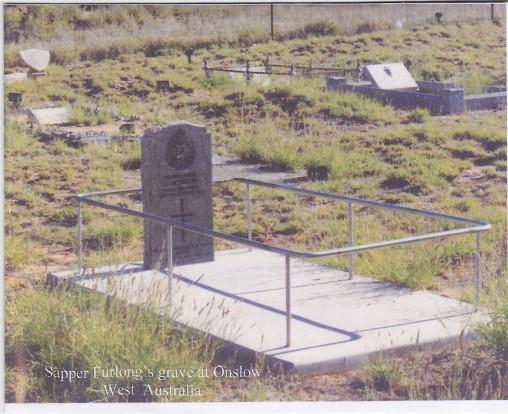

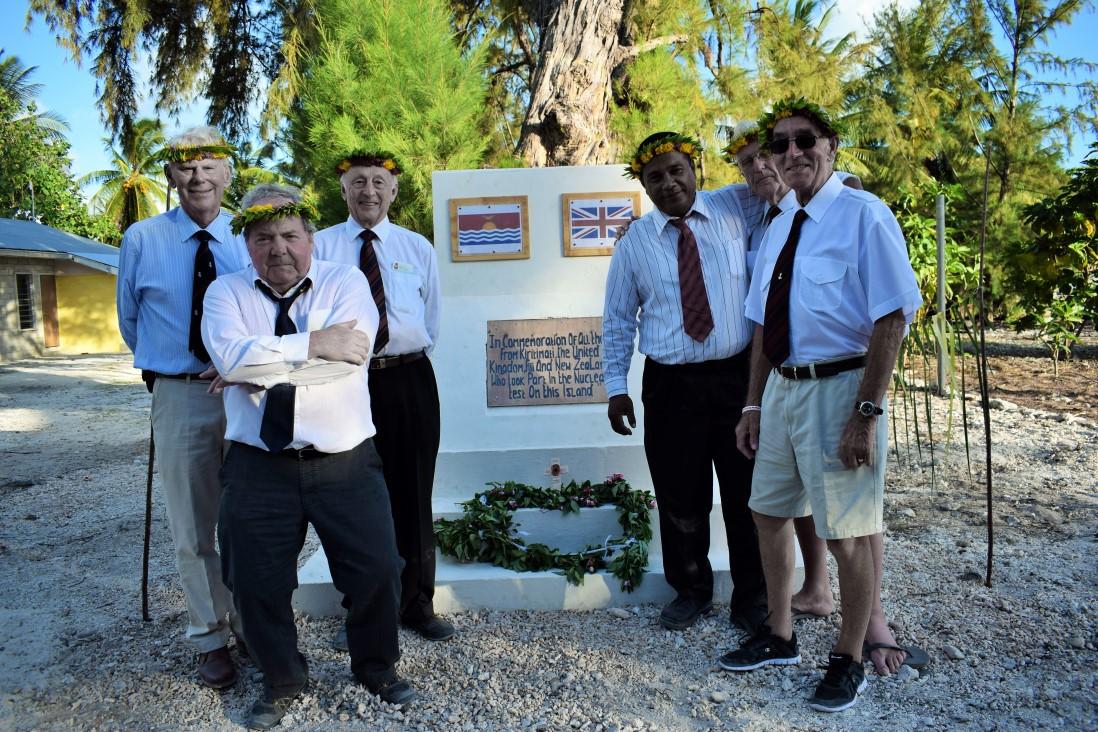
Christmas Island 2018
A group of smartly dressed men stand to attention in the sweltering heat before a rapt audience. The gentle susurration of cicadas is the only sound, as one man slowly raises a new flag. This flag represents the shared past of Kiritimati (Chris-imas) and Great Britain, when their lives were perilously entangled during the Operation Grapple tests that produced Britain’s first hydrogen bomb. We bow our heads for a minute’s silence. The hush continues until Reveille plays, and then the flag is raised. This is the sixtieth anniversary ceremony for the commemoration of the Grapple Y hydrogen bomb, which was detonated on 28th April 1958.


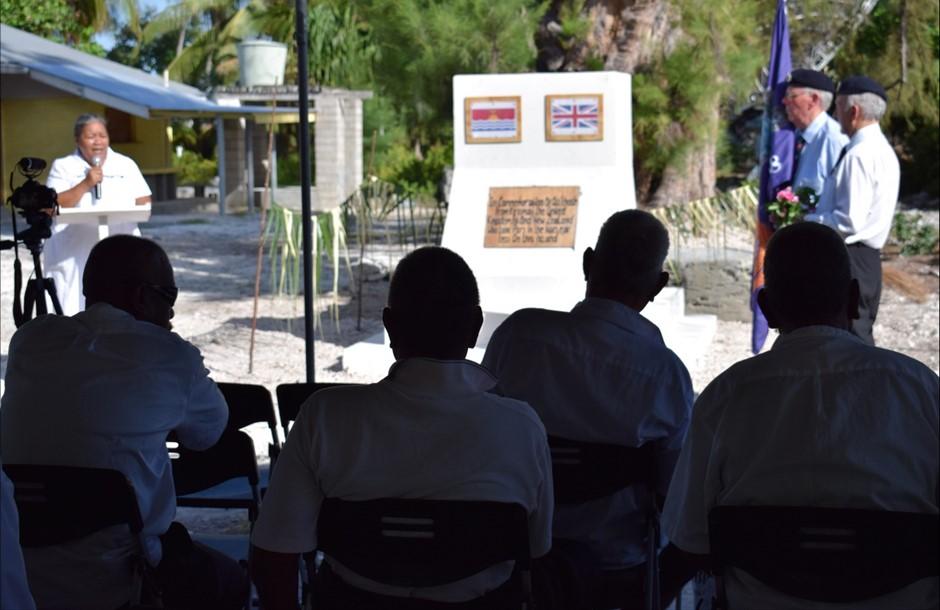
The pastor provided a moving speech at the commemoration and dedication of the new memorial.
This group of aged British nuclear test veterans and their families have travelled thousands of miles across continents to undertake this ceremony, to place a new memorial for all of the communities affected by Operation Grapple, to revisit their past and to share their experiences with the people of Kiritimati – whom they were forbidden from fraternising with during the tests many years ago. For our veterans, it has taken sixty years for this opportunity to arise. Sixty years since they were young men, racing land crabs and playing in the sea together on Christmas Island, working long hours in sometimes dangerous conditions.
This memorial ceremony is the result of a year of planning and organisation by Ron Watson. Ron decided that it was time to return to Christmas Island, as it was then, to discover what it is like now and support the local community. Ron was accompanied on this endeavour by a collective including Robert & Jacqueline McCann, Ray and Mary Carbery and their son Gavin, Ron Taylor and Leslie Hawkins.

There are two different routes to Kiritimati nowadays. Some of the group travelled via Nadi, Fiji; and the rest travelled via Honolulu, Hawaii. However, all travellers were greeted with fresh coconuts and a garlanding ceremony on their arrival, by both the women of the local tourism office and some of the men of the Kiritimati Nuclear Victims Association. The local men hugged their international counterparts, grinning broadly while they gazed at our veteran’s photos and exchanged stories.
The veterans stayed at the slightly ramshackle Captain Cook hotel, a Kiritimati government-owned facility in the exact place of the officers’ quarters where Main Camp used to be. It has taken sixty years for our Sappers to receive promotion to higher ranking accommodation on Christmas Island. The land around the hotel is dotted with reminders from another age, from old squadron plaques to the ruins of the Camp Church, where until recently local people used to live. The sturdy cement bases that anchored military structures to the ground have remained intact after sixty years, but many of the buildings have been dismantled and repurposed by local people.
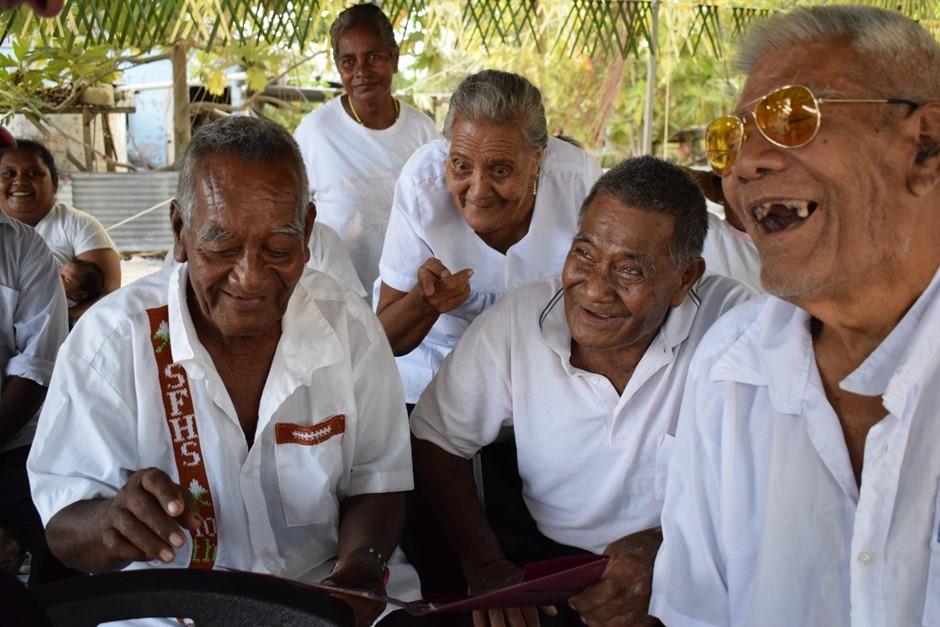

The men of the Kiritimati Nuclear Victims Association (KNVA) laugh over old photographs.

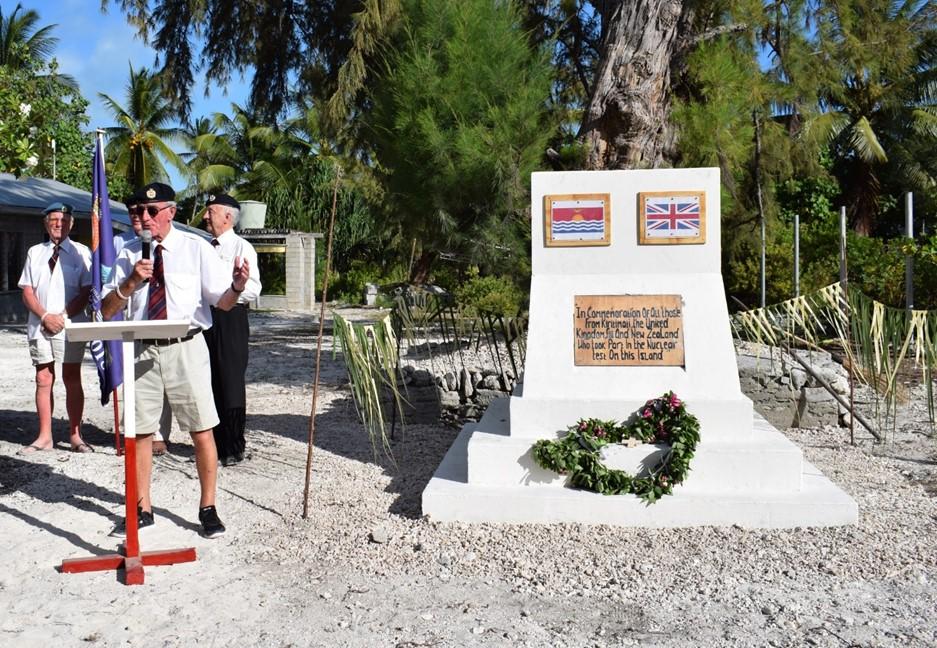
Ron Taylor talks animatedly during the ceremony.
There are relics of the later American occupation during the Operation Dominic tests, including an old basketball hoop that somehow still stands. There are also still land crabs.
While our group relaxed and enjoyed the sea views, Ron Watson got to work at a series of meetings to organise the finishing touches to the memorial and the impending ceremony. The memorial has been built by Kiritimati Islanders to a simple and classic design in cream. Upon the memorial there is a plaque that bears the following dedication “In commemoration of all of those from Kiritimati, the United Kingdom, Fiji and New Zealand who took part in the nuclear tests on this island”. This inscription intends to memorialise everyone who has been affected by Operation Grapple. The memorial is permanently situated underneath an Australian pine tree, planted in Ronton (London), Kiritimati by the Duke of Edinburgh in 1959. It is not far from the courts, on government land for perpetuity - the local tourism office will happily show you where it is, if you plan to visit in the future.

On the day of the ceremony, the atmosphere was buzzing with excitement. The veterans had spent some time preparing their speeches for this special day. I ventured up early in the afternoon to ensure that AV equipment and my camera were set up correctly, then I relaxed and waited for the veterans and their wives to arrive at the ceremony. The service included an introduction by local government, a speech on pacifism and the bomb from the local pastor, the ceremony itself, and a talk by Chairwoman of the Kiritimati Nuclear Victims Association, Teeua Tetoa.
There were unexpected aspects, such as when a friendly stray dog scampered into the memorialisation ceremony. He was on a mission to “christen” the new memorial, and looked very pleased with himself for becoming a part of nuclear history. Once the ceremony was completed, the community came together to feast on local specialities, including breadfruit chips, crab, fish and pandanus fruit stewed in coconut milk. There were also cakes and biscuits for the less daring. We enjoyed chatting to local people, mingling, eating and gossiping together.
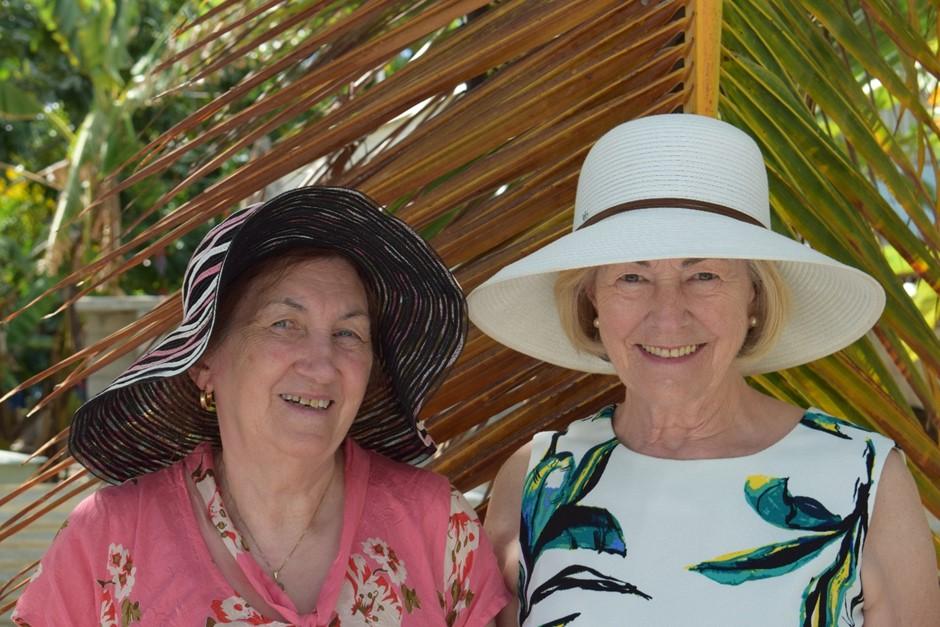

The elegant veteran wives, Mrs Mary Carbery and Mrs Jacqueline McCann

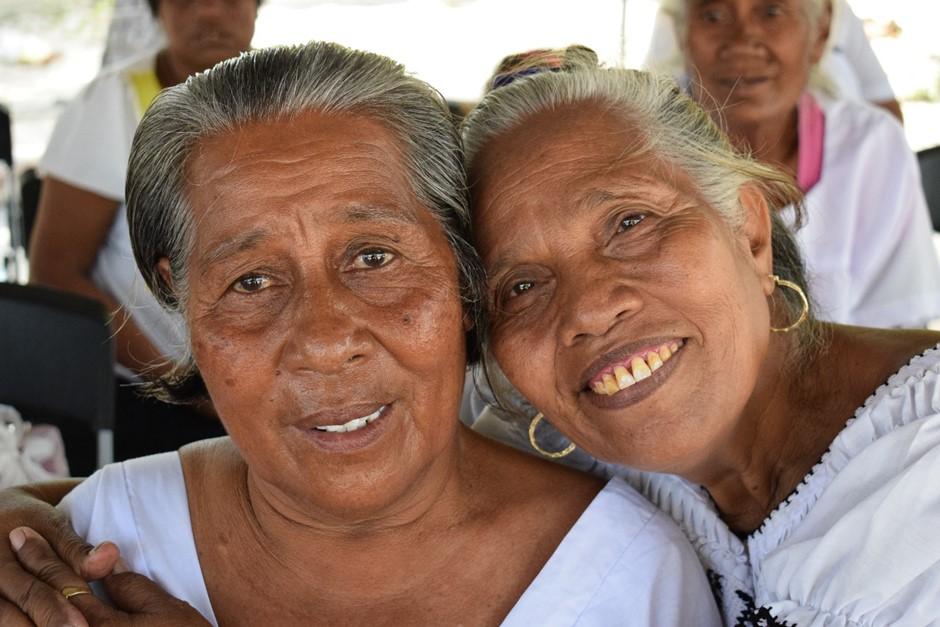
Chairwoman of the Kiritimati Nuclear Victims Association, Teeua Tetoa (right) and her friend.
This was a unique memorial for a unique event, Britain’s first and last solo Hbomb operation. The world has changed irrevocably in sixty years. Kiritimati is now independent of British rule and a burgeoning tourism spot. A new building is being constructed that will soon replace the old Cassidy Airport. We do not know what the next sixty years will hold, but we now have a permanent memorial to the nuclear communities of Kiritimati, and they will not be forgotten. Report by Dr Becky Alexis-Martin who attended the ceremony to provide media coverage for the BNTVA. Further reports and videos will be published from the trip in the next edition of Campaign and via our social media platforms.
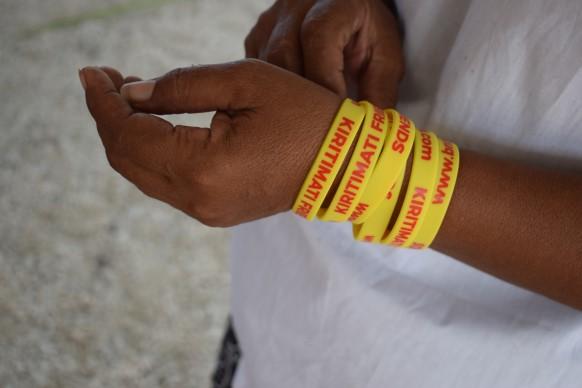
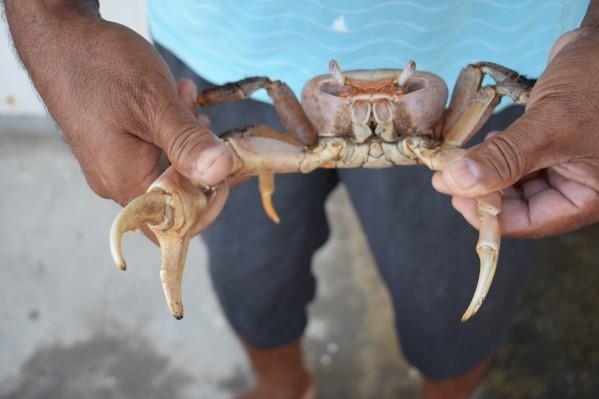


The British nuclear test veterans and their new nuclear victim association companions: Ray Carbery, Leslie Hawkins, Robert McCann, Ron Watson and Ron Taylor (From left to right). The new Sixtieth Anniversary Memorial, in front of a tree planted by the Duke of Edinburgh in 1959.
A historic plaque for one of the squadrons still remains on Main Camp.
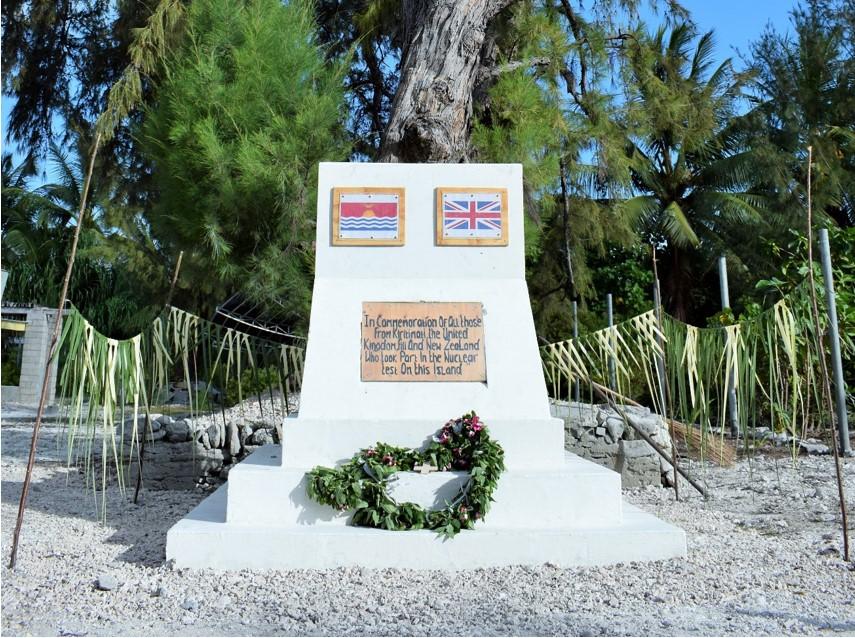
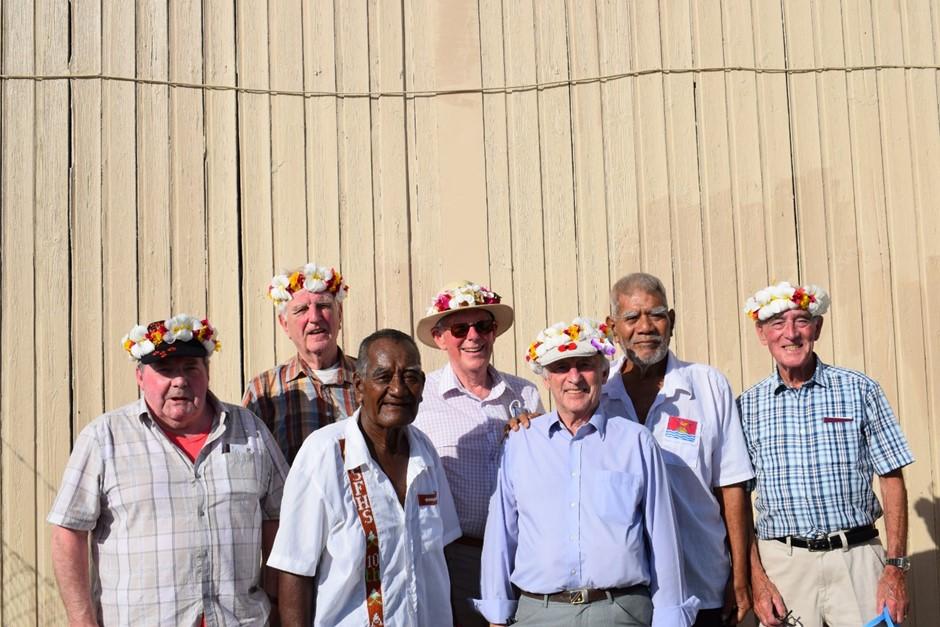
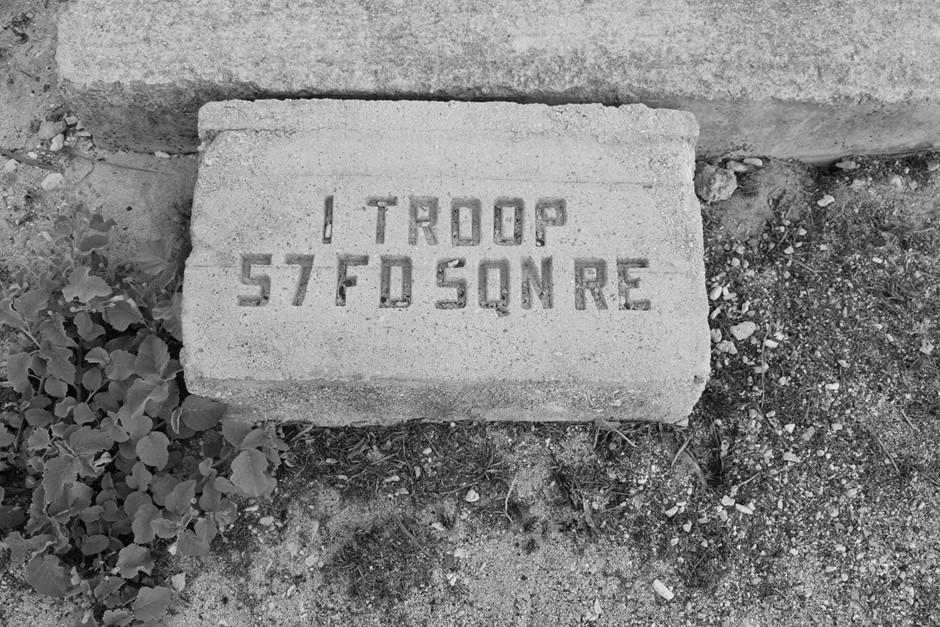

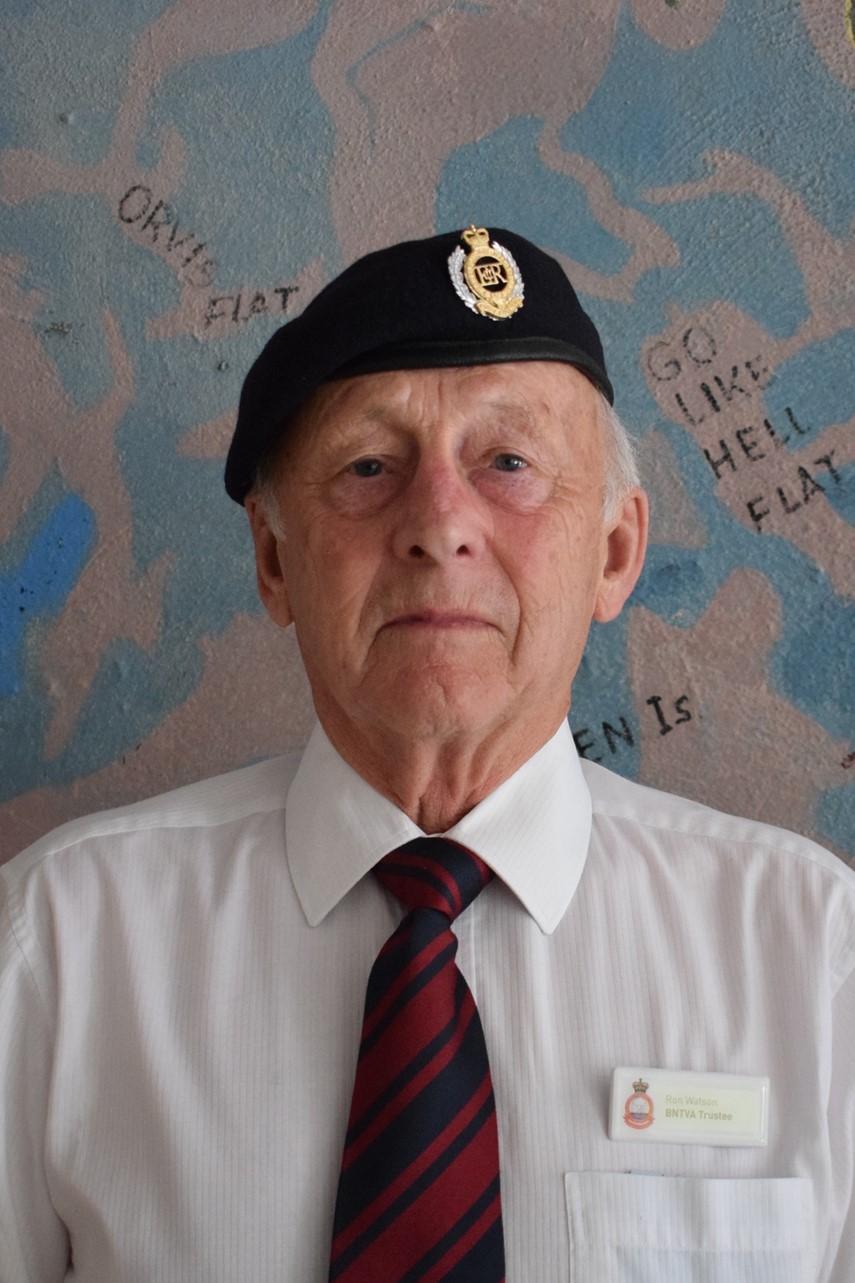
Ron Watson dressed up before the ceremony, in front of a hand-painted map of Kiritimati.
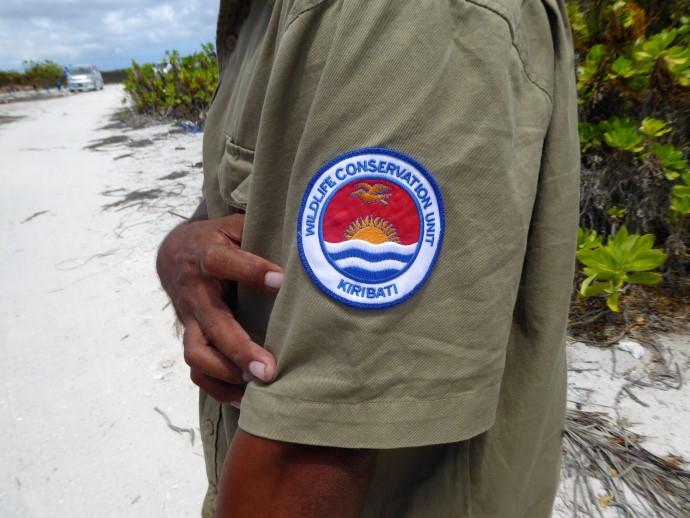
This return to the Island was the brainchild of Ron Watson, he spent over 12 months discussing the event, organising the event and ensuring that the Memorial was built on time. During the visit, Ron has established links with other organisations across the world, including Fiji, Australia and Kiribati. The BNTVA would like to thank ABF The Soldier’s Charity for their generosity which enabled the Veterans to visit the island and to unveil the new memorial. We would also like to thank the Royal Naval Benevolent Trust for their offer of assistance to any Naval personnel. The Nuclear Community Charity Fund were approached to provide support, but unfortunately their memorial fund does not fund any memorial overseas, even on Christmas Island.
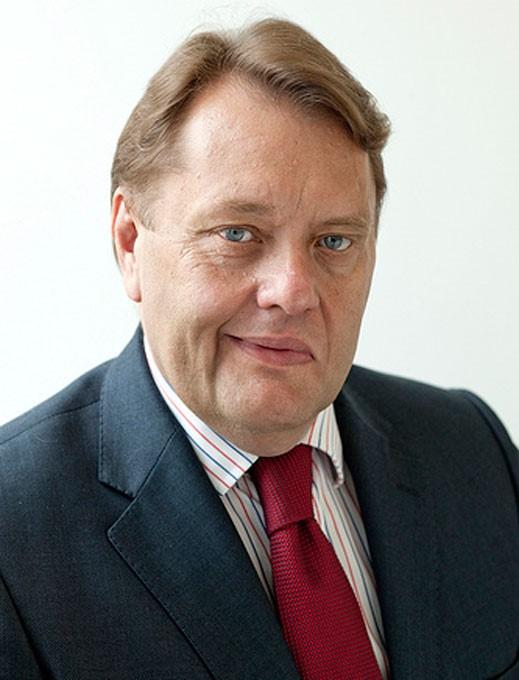

New Patron
Rt Hon John Hayes MP to become BNTVA Patron
It was announced at the 2018 conference that John Baron MP had stepped down as BNTVA patron. We are delighted to announce that our Vice Patron Rt Hon John Hayes MP has accepted our offer to become our Patron. During discussions with Doug Hern, John was delighted to accept the position and is fully backing our Medal Campaign. The board of the BNTVA would like to thank John Baron MP for his hard work and commitment for the BNTVA, his dedication to our cause was greatly appreciated by all the members. We now look forward to working with Rt Hon John Hayes MP in the future, especially with the Medal Campaign to ensure that our Parliamentary representation continues.




